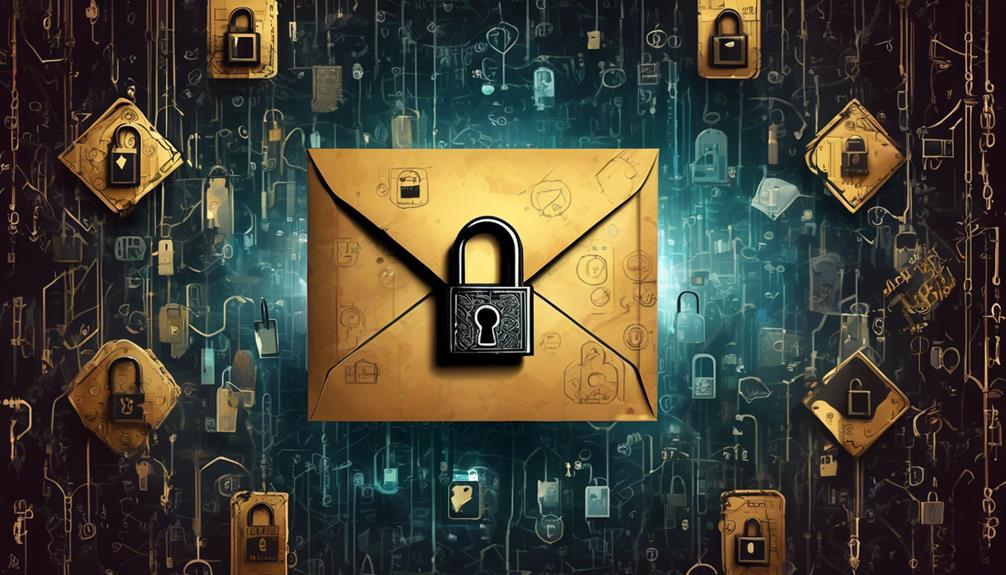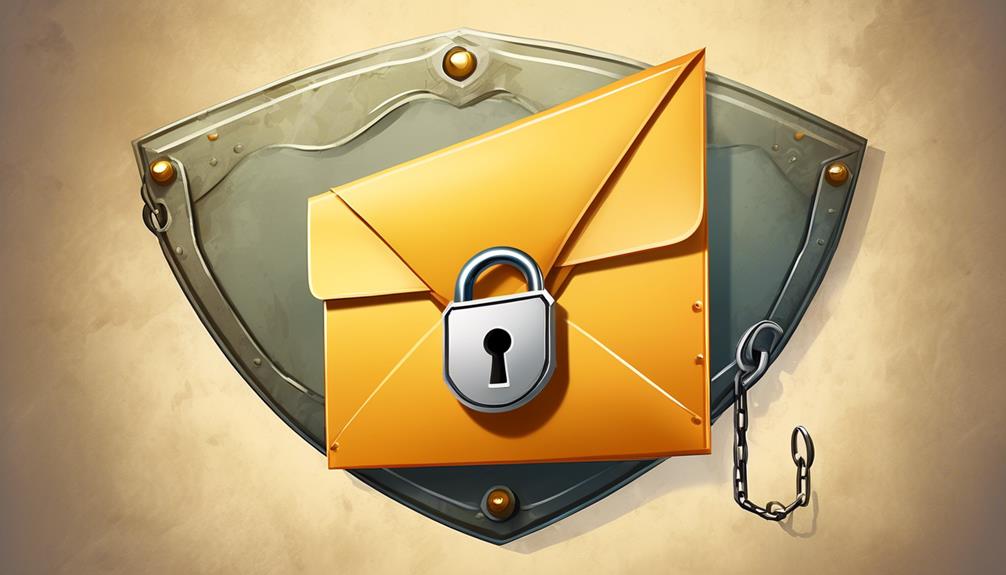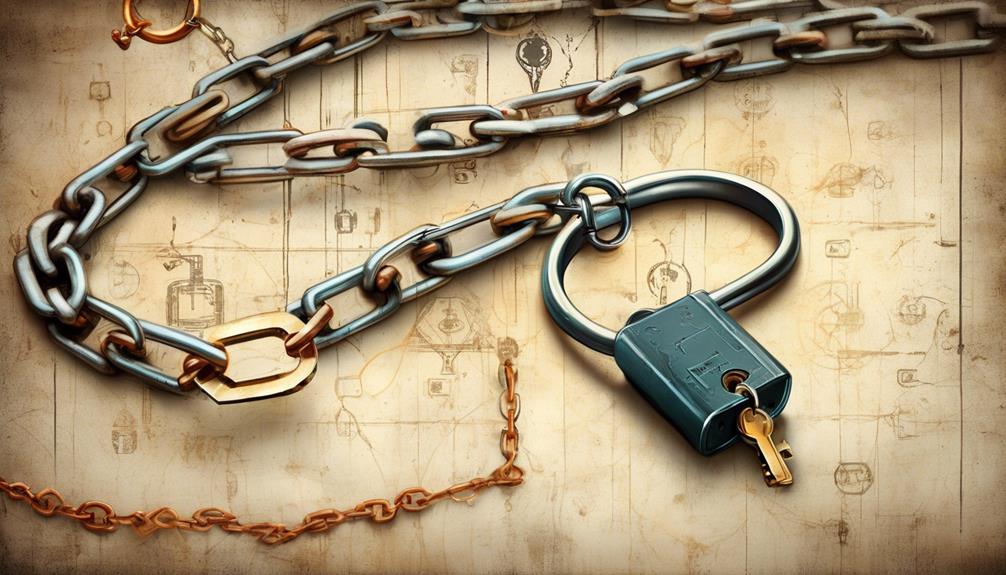In exploring email security, one must consider the lurking threats. Understandably, emails are more than a communication tool. They are a cybercriminal access point to sensitive data. By prioritizing cybersecurity, individuals protect not only messages but also personal and professional data. For example, strong passwords safeguard against unauthorized access. Additionally, recognizing phishing attempts is essential for digital identity protection. Navigating the complexities of email security, one should contemplate the unseen risks. Neglecting these practices can have far-reaching consequences. This discussion aims to uncover the often-overlooked layers of email security. Ultimately, these layers hold significant sway over the safety of digital correspondence.
Understanding Email Threats
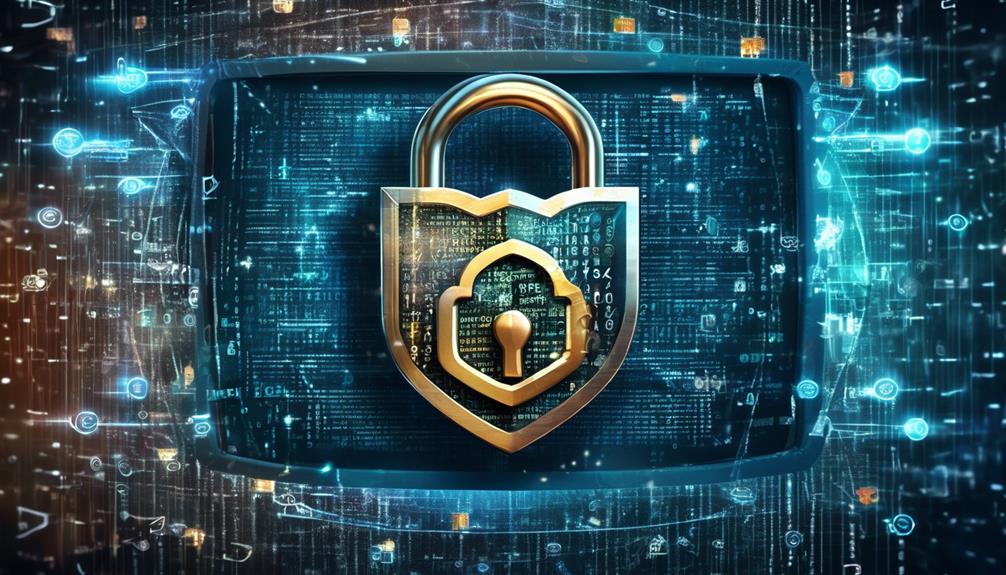
To effectively guard against cyber threats, it's essential to first identify the various types of attacks. Particularly, malware attachments are among the most insidious threats to email users. These files, once opened, can install harmful software to steal sensitive information or damage the system. The sophistication of these attachments can vary greatly. Often, they masquerade as legitimate documents, exploiting the user's sense of security.
Consequently, spam filters are the first line of defense. They scan incoming messages for patterns and markers of malicious intent. Nevertheless, attackers constantly refine their tactics to bypass these filters. They employ social engineering or obscure their malware within complex file types. Thus, it's critical for users to stay informed about the latest email threat trends. Moreover, they should be skeptical of unsolicited or unexpected email attachments. This caution is necessary even if the attachments seem to come from familiar contacts.
Creating Strong Passwords
Recognizing the limitations of spam filters in the face of increasingly sophisticated cyber threats, it's equally crucial to focus on the foundation of email security: creating strong passwords. Password habits form the bedrock of personal cybersecurity protocols, serving as the first line of defense against unauthorized access. Individuals who adopt robust authentication measures significantly bolster their protection against intrusions.
When crafting a password, length and complexity are paramount. A strong password should be a minimum of twelve characters, incorporating a mix of upper and lower case letters, numbers, and symbols. This complexity thwarts brute force attacks, where hackers systematically check all possible passwords until the correct one is found. Moreover, the use of passphrases—strings of words that create a phrase—not only enhances security but also aids in memorability.
It's essential to avoid common pitfalls such as using easily guessable information like birthdays or common words. Password managers can assist in generating and storing complex passwords, ensuring they remain unique across different accounts. Regularly updating passwords and employing multi-factor authentication further tightens email security, making it challenging for cybercriminals to breach one's digital sanctuary. By fostering these secure password habits, individuals envelop themselves in a community committed to vigilant, proactive cybersecurity practices.
Recognizing Phishing Attempts

Recognizing phishing attempts starts with a careful analysis of email links. One must meticulously inspect URLs, looking for minute misspellings or strange domains. These discrepancies often indicate a fraudulent link. Moreover, it's essential to be aware of red flags. These include emails from unexpected senders or messages deviating from a company's typical communication style.
Identifying Suspicious Links
Scrutinizing hyperlinks in your emails is a critical step in thwarting phishing attempts and securing your digital correspondence. Effective link verification involves careful URL analysis to detect malicious intent. Users should feel empowered as part of their community's defense against cyber threats by being vigilant in identifying dubious links.
Here are some key strategies:
- Hover before clicking: Position your cursor over the link to preview the URL, checking for misspellings or unfamiliar domains.
- Check for secure protocols: Ensure the link starts with "https://" indicating encryption.
- Use link scanners: Employ online tools designed to analyze URLs for known threats before you visit the site.
Unusual Sender Red Flags
Carefully examining hyperlinks is crucial; however, it's also vital to note unusual sender signs. These signs often signal a phishing attempt. It's essential to analyze sender authenticity routinely. Legitimate emails tend to follow certain etiquettes, such as a professional tone and correct spelling. Conversely, phishing emails may feature strange email addresses that nearly mimic the actual company's, but not quite.
Additionally, be cautious of generic greetings and signatures indicating a possible lack of real connection. Typically, community members communicate with familiarity. An email that seems impersonal or out of character should be a concern. Therefore, always confirm the sender's identity before replying or clicking on any links.
Using Encryption Tools
Encryption acts as an essential defense layer, safeguarding email confidentiality. Notably, sensitive data stays secure through this method. Various protocols, for instance, PGP and S/MIME, provide diverse security strengths. Moreover, they differ in compatibility with systems. Effective encryption deployment necessitates comprehensive protocol knowledge. Additionally, it requires strategic key management. Furthermore, user training is indispensable for successful implementation.
Importance of Email Encryption
Implementing email encryption is crucial for protecting sensitive data. During digital communication, it prevents unauthorized access, ensuring secure and private exchanges. This is essential for creating a trusted environment where individuals feel a sense of belonging. Email encryption tools are vital, as they convert legible content into a code that unauthorized users can't read. They maintain message confidentiality and integrity.
- Confidentiality: Encryption restricts data access to only those intended.
- Integrity: It also confirms that messages remain unchanged during transit.
- Non-repudiation: Furthermore, encryption holds senders accountable by preventing them from denying their actions.
Types of Encryption Protocols
Understanding the importance of email encryption, we delve into the protocols that protect our emails. Secure/Multipurpose Internet Mail Extensions (S/MIME) and Pretty Good Privacy (PGP) provide security. They use digital signatures and encryption for layered protection. Consequently, digital signatures verify the sender's identity, ensuring emails remain unchanged. Furthermore, certificate authorities issue digital certificates. These validate the digital signatures, increasing trust among email users.
The adoption of these protocols symbolizes a dedication to security within the web of trust. Therefore, users and organizations must utilize these tools. By doing so, they can maintain the confidentiality and security of their email communications.
Implementing Encryption Effectively
To fully leverage S/MIME and PGP, organizations need to integrate these tools with their current email systems. This integration ensures the seamless protection of sensitive communications. Effective implementation requires careful management of passwords. This is vital to block unauthorized access to encrypted messages. It is important to secure not just the email but also its attachments. Secure attachments are essential for comprehensive email security.
For improved security, it is necessary to regularly update encryption protocols. These updates help stay ahead of emerging threats. Additionally, it is important to educate users on secure practices. By doing this, individuals learn how to protect their digital keys and manage encrypted files safely. Moreover, organizations should deploy strong password policies. They should also promote the use of trusted password managers.
Implementing Two-Factor Authentication
One of the most effective defenses against unauthorized access to email accounts is the adoption of two-factor authentication (2FA), which adds an extra layer of security beyond just a password. This method ensures that even if someone cracks your password, they can't gain entry into your account without also having access to a second factor, typically something you possess or something inherent to you. Device security plays a crucial role in this layer; smartphones or tablets often serve as the physical objects required for this second step.
Authentication apps are a popular choice for 2FA, providing time-sensitive codes that users must enter after inputting their password. They're a more secure alternative to SMS codes, which can be intercepted. Moreover, these apps create a sense of belonging among users by integrating seamlessly into their daily device usage, thereby not feeling like an additional burden but rather a natural part of their digital routine.
Carefully analyzing the options and implementing 2FA is not just a recommendation; it's a necessity in the current digital landscape. It's a community standard among those who prioritize their online safety and seek to protect their personal and professional communications from the ever-present threat of cyber intrusions.
Regularly Updating Security Software
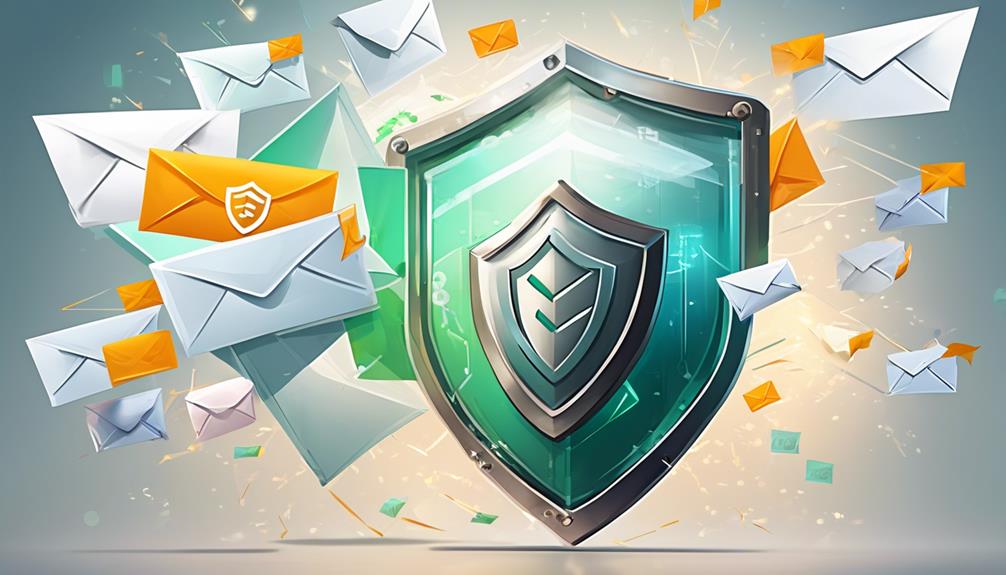
While two-factor authentication boosts email security, updating security software is crucial. Regular updates are the backbone of patch management. They ensure vulnerabilities are promptly addressed. Cybercriminals constantly devise new exploitation strategies. They target weaknesses in outdated software, compromising our collective defense. Our community's strength lies in our commitment to updates.
Antivirus effectiveness depends on recognizing new malware. This is possible through updates with the latest virus definitions. Both companies and individuals must prioritize security patch installations. Regular updates are essential in their cybersecurity routines.
To improve security posture, consider these steps:
- Automate software updates; this guarantees timely application without manual effort.
- Educate on update importance, fostering a culture of cybersecurity awareness.
- Monitor update logs; this confirms successful installations and identifies potential security issues.
Adopting these practices makes everyone an active part of a secure community. Together, we work towards the goal of protecting sensitive email communications.
Frequently Asked Questions
How Does International Travel Impact the Security of My Email Communications, and What Precautions Should I Take?
During travel, email security risks increase. Therefore, utilizing VPNs and encryption is advisable. This promotes belonging to a digitally cautious community.
Can the Use of Personal Email Addresses for Work-Related Communication Compromise Cybersecurity, and How Should This Be Managed?
Utilizing personal email for work exposes one to cyber risks. To enhance security, strict password guidelines should be adopted. Additionally, email encryption is crucial. This ensures a community prioritizes both connectivity and defense against online threats.
How Do I Ensure the Security of Emails While Using Public Wi-Fi Networks?
To enhance email security on public Wi-Fi, she focuses on encryption. Additionally, she consistently uses a VPN. This ensures her digital communications stay private. Consequently, it promotes a communal awareness of cybersecurity vigilance.
What Are the Implications of Email Security on Data Protection Laws and Compliance, Such as GDPR or Hipaa?
Consequently, if her email security is compromised, she risks severe regulatory fines. Additionally, she may face breach notification obligations, potentially infringing on GDPR or HIPAA. Therefore, it's crucial to conduct a thorough analysis. This analysis ensures compliance and safeguards the data of her community.
How Do I Safely Manage the Archiving and Deletion of Sensitive Emails to Prevent Data Breaches?
She will guarantee secure email handling through strong encryption. Additionally, she will implement frequent phishing training exercises. Consequently, this cultivates a community alert to data breaches. It also solidifies unity in safeguarding sensitive data.
Conclusion
In essence, robust cybersecurity habits are essential for protecting emails. Coincidentally, a chain's strength depends on its weakest link. Similarly, each password and encryption tool enhances security. Diligent users update security software regularly. Additionally, they use two-factor authentication, reducing breach chances. It's no coincidence that vigilant individuals avoid phishing scams. Consequently, they often have a more secure email experience. Their meticulous cybersecurity approach is not just wise. Indeed, it is necessary.

